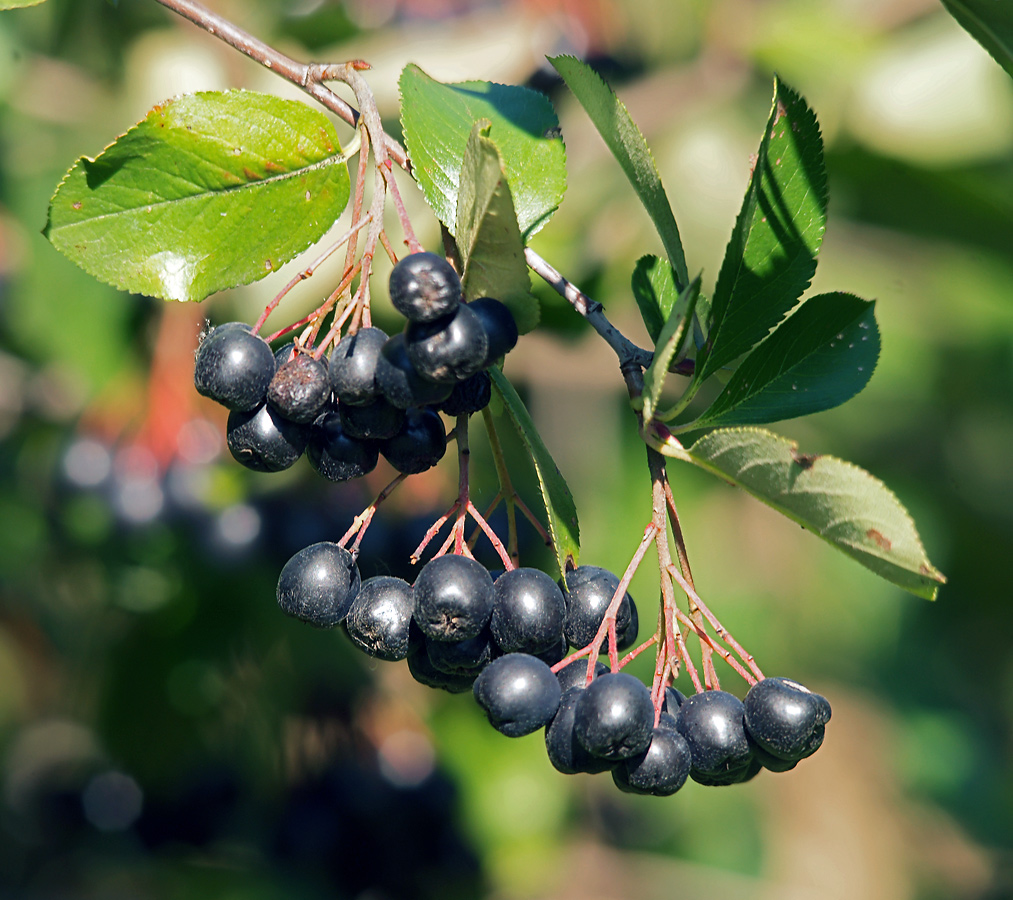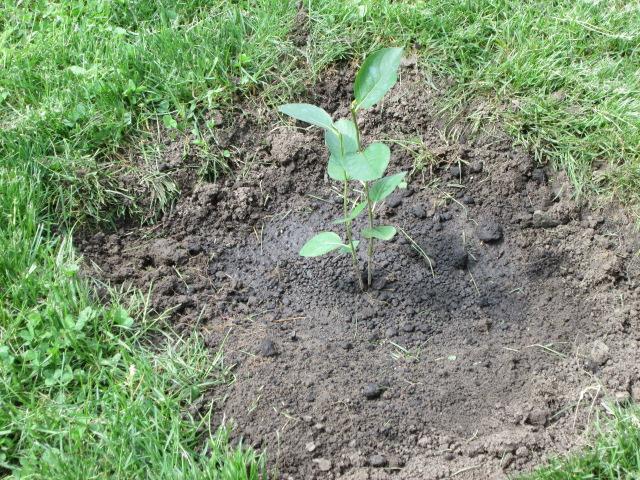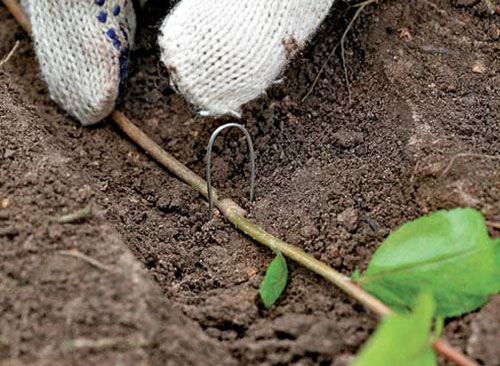Search
Login
Aronia chokeberry - from planting to harvest
Today, chokeberry is the most environmentally friendly plant - chokeberry does not accumulate harmful substances, even if it grows near a busy road. When growing it, pesticides are rarely used, and the benefits of fruits are known throughout the world. Chokeberry is not demanding in care, adapts perfectly to any weather conditions, and its berries are widely used for medicinal purposes.
Content
- Chokeberry Aronia, varieties
- Landing
- Growing video
- Harvesting and storage
- Breeding
- Properties of chokeberry chokeberry video
Chokeberry Aronia, varieties
Aronia, despite its unpretentiousness, is quite rare in parks and gardens, the bush reaches 3 m in height and 2 m in width, fresh fruits of chokeberry taste tart, but are very useful. Syrup, compote, jam, jam or grind with sugar are prepared from the chokeberry berries.
Aronia also acts as an ornamental plant, from the second half of May small white flowers adorn the bush, flowering lasts about 2 weeks. In autumn, the green leaves of chokeberry change color to orange or brick red. Aronia chokeberry, like many other plants, is divided into varieties, to understand their differences, consider interesting varieties:
- The Swedish variety Khugin is resistant to frost, undemanding to soil and climatic conditions. Fruits are smaller than in other varieties, ripen in unison in September, low juice content.
- Czech variety Nero up to 1.5 m high, early flowering, picking berries at the end of August. The berries are large, tasty and fragrant. The most stable variety, suitable for growing in any areas.
- The Finnish Viking variety has a pleasant taste of large berries, harvesting from August to October. The variety is undemanding.
- The North American grade aronia Siberian is resistant to frost, recommended for the manufacture of juices.
- Aroniya Michurina - late variety, picking berries in October. Juicy berries do not crumble when ripe.

Chokeberry Aronia, landing
Aronia grows well on acidic or neutral soils, prefers moist areas with a relatively high level of groundwater. The greatest amount of water for the shrub will be required during the ripening of fruits.
The site for the plant should be spacious, preferably sunny, in partial shade the berries ripen more slowly, on poor soils, one year before the chokeberry, sowing of legumes is recommended. The chokeberry is planted in the spring (April) or autumn (October), autumn is preferable, the day for planting is chosen cool and cloudy. In case of spring planting, chokeberry seedlings become sensitive to lack of moisture, do not forget about regular watering.

The soil for chokeberry needs to be cleared of weeds, to dig, level and add organic fertilizer - compost or manure. If several shrubs are planted, the distance between them should be 2.5 m, the pit for planting is 20 cm deep and a comfortable width for the roots. After planting, the soil around the seedlings is covered with 15-20 cm with a layer of sawdust or bark, which will protect the plantings from new weeds.
Growing
The first three years of the chokeberry should be given due attention - watering, removing weeds, inspecting for pests and pruning. As a rule, chokeberry is rarely affected by diseases, sometimes caterpillars can be seen on the leaves, but in this case, chemical preparations are used.

Shrubs will save mulching from weeds during the growth period. Dressing chokeberry is not necessary, but you can add phosphorus and potassium in the spring. Nitrogen fertilizers are applied 2-3 times during the growing season until June.

Pruning of chokeberry chokeberry is aimed at removing damaged and excessively thickening bush shoots, pruning of shrubs is carried out in February-March. During cutting, old branches are removed to drown the growth of other shoots, and the number of young branches is reduced, leaving the strongest.
Harvesting and storage
The first picking of berries is possible as early as the next year after planting, abundant fruiting begins at 2 - 3 year of growth. Typically, the fruits ripen in August - September, depending on the location of the shrub and the number of sunny days.
Berry picking is easy to determine, about 2 weeks before ripening, the berries turn dark blue. Ripe chokeberry berries are transportable; they are stored fresh for up to three weeks at a temperature of + 2C.
Breeding
Aronia propagates by horizontal or vertical layering, cuttings and seeds. Vertical cuttings are obtained when the soil or peat is layered about 40 cm high around the shrub, the shoots covered with soil will begin to take root and in exactly one year they will be ready to be separated from the mother bush and transplanted to a permanent place.
Propagation by vertical layers is somewhat different, in early spring, the lower shoots are bent to the ground by digging soil. In a week, the roots will begin to grow from each bud, in the autumn the shoot will be separated and transplanted.

Cuttings are harvested in autumn from annual shoots, stored in a mixture of sand, peat and sawdust at a temperature of 0-2C, planted in spring.
Chokeberry is also propagated by seeds, but this method is the most inefficient for obtaining good seedlings. Seed plants are characterized by slow growth and low yield.
Properties of chokeberry chokeberry
Aronia chokeberry, the planting and care of which is not very different from other plants, will delight any gardener with its beneficial properties. Mountain ash is rich in vitamins that affect the preservation of youth, growth and strengthening of hair.

Berries are known as a medicine for the treatment of various diseases - relieves inflammation, is taken with colds and hypertension, contains natural antibiotics and removes toxins from the body. In addition, chokeberry improves heart function and helps strengthen immunity.





